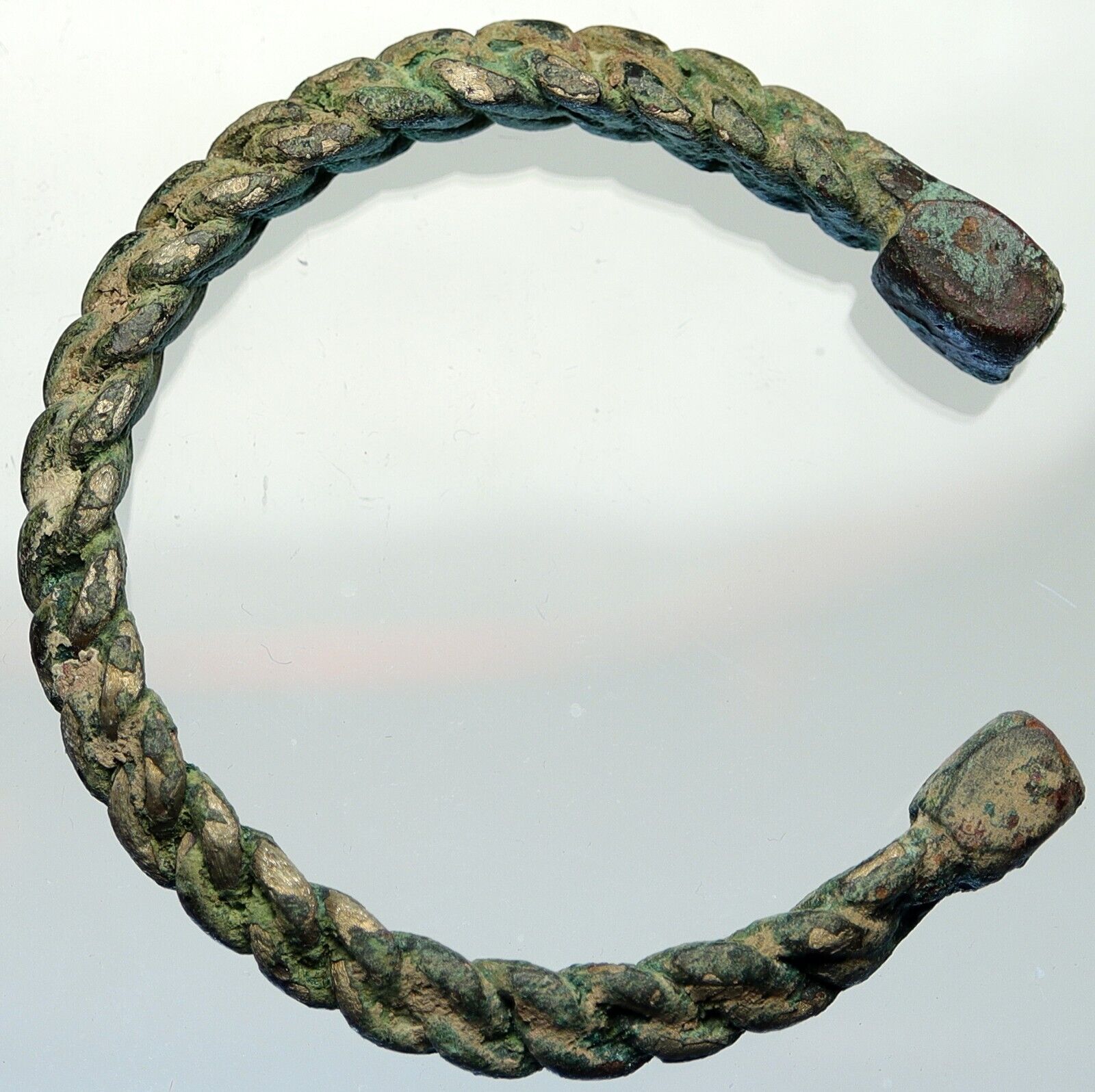|
Greek Battle Axe
Circa 300 BC
| Weight: 346.0 grams | 58mm x 150mm | Material: Bronze |
Provenance: From private collection in the United States of America.
Ownership History: From private collection in the United States, bought in private sale in the United States of America.
You are bidding on the exact item pictured, provided with a Certificate of Authenticity and Lifetime Guarantee of Authenticity.
Warfare occurred throughout the history of Ancient Greece, from the Greek Dark Ages onward. The Greek ‘Dark Ages’ drew to an end as a significant increase in population allowed urbanized culture to be restored, which led to the rise of the city-states (Poleis). These developments ushered in the period of Archaic Greece (800–480 BC). They also restored the capability of organized warfare between these Poleis (as opposed to small-scale raids to acquire livestock and grain, for example). The fractious nature of Ancient Greek society seems to have made continuous conflict on this larger scale inevitable.
Along with the rise of the city-states evolved a new style of warfare: the hoplite phalanx. Hoplites were armored infantrymen, armed with spears and shields. Seen in media, the phalanx was a formation of these soldiers with their shields locked together and spears pointed forward. The Chigi vase, dated to around 650 BC, is the earliest depiction of a hoplite in full battle array. With this evolution in warfare, battles seem to have consisted mostly of the clash of hoplite phalanxes from the city-states in conflict. Since the soldiers were citizens with other occupations, warfare was limited in distance, season and scale. Neither side could afford heavy casualties or sustained campaigns, so conflicts seem to have been resolved by a single set-piece battle.
The scope and scale of warfare in Ancient Greece changed as a result of the Greco-Persian Wars, which marked the beginning of Classical Greece (480–323 BC). To battle the enormous armies of the Achaemenid Empire was effectively beyond the capabilities of a single city-state. The eventual triumph of the Greeks was achieved by alliances of many city-states, on a scale and scope never seen before. The rise of Athens and Sparta during this conflict led directly to the Peloponnesian War, which saw diversification of warfare. Emphasis shifted to naval battles and strategies of attrition such as blockades and sieges. Following the defeat of the Athenians in 404 BC, and the disbandment of the Athenian-dominated Delian League, Ancient Greece fell under the Spartan hegemony. But this was unstable, and the Persian Empire sponsored a rebellion by the combined powers of Athens, Thebes, Corinth and Argos, resulting in the Corinthian War (395–387 BC). Persia switched sides, which ended the war, in return for the cities of Ionia and Spartan non-interference in Asia Minor. The Spartan hegemony would last another 16 years, until, at the Battle of Leuctra (371) the Spartans were decisively defeated by the Theban general Epaminondas.
The Thebans acted with alacrity to establish a hegemony of their own over Greece. However, Thebes lacked sufficient manpower and resources, and became overstretched. Following the death of Epaminondas and loss of manpower at the Battle of Mantinea, the Theban hegemony ceased. The losses in the ten years of the Theban hegemony left all the Greek city-states weakened and divided. The city-states of southern Greece were too weak to resist the rise of the Macedonian kingdom in the north. With revolutionary tactics, King Philip II brought most of Greece under his sway, paving the way for the conquest of “the known world” by his son Alexander the Great. The rise of the Macedonian Kingdom is generally taken to signal the beginning of the Hellenistic period, and certainly marked the end of the distinctive hoplite battle in Ancient Greece.
|












